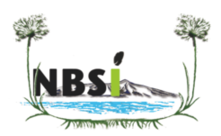Floating plants
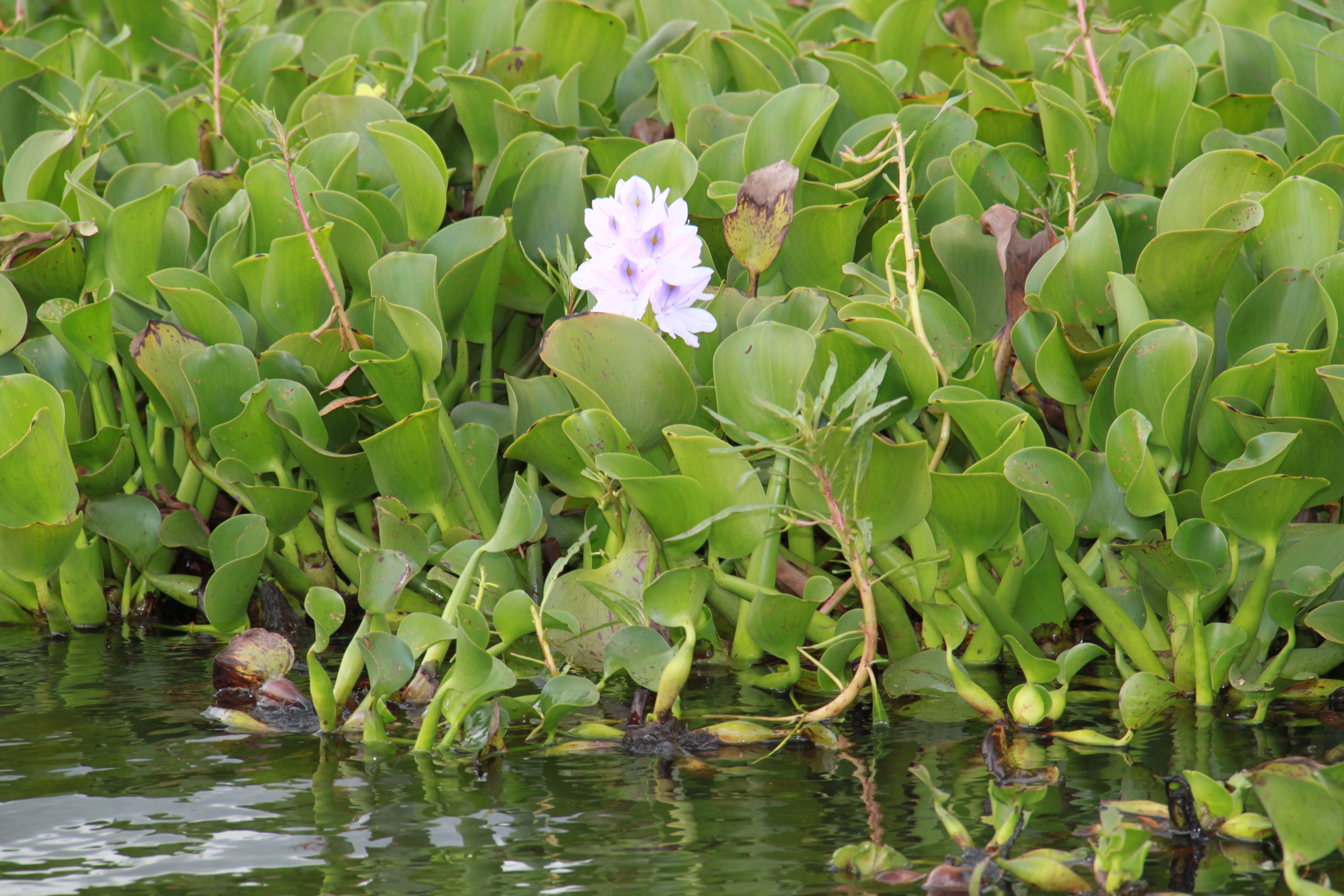
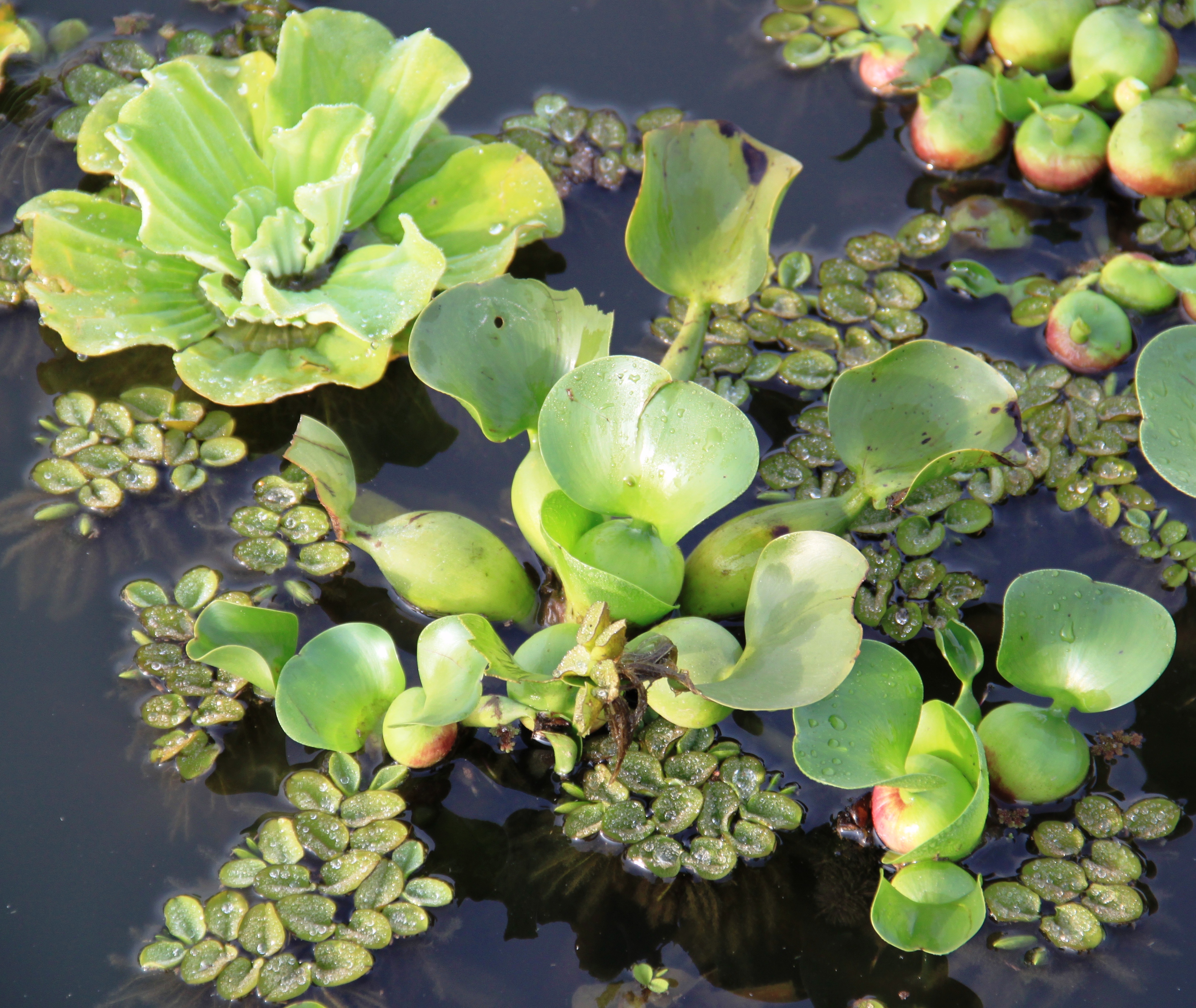
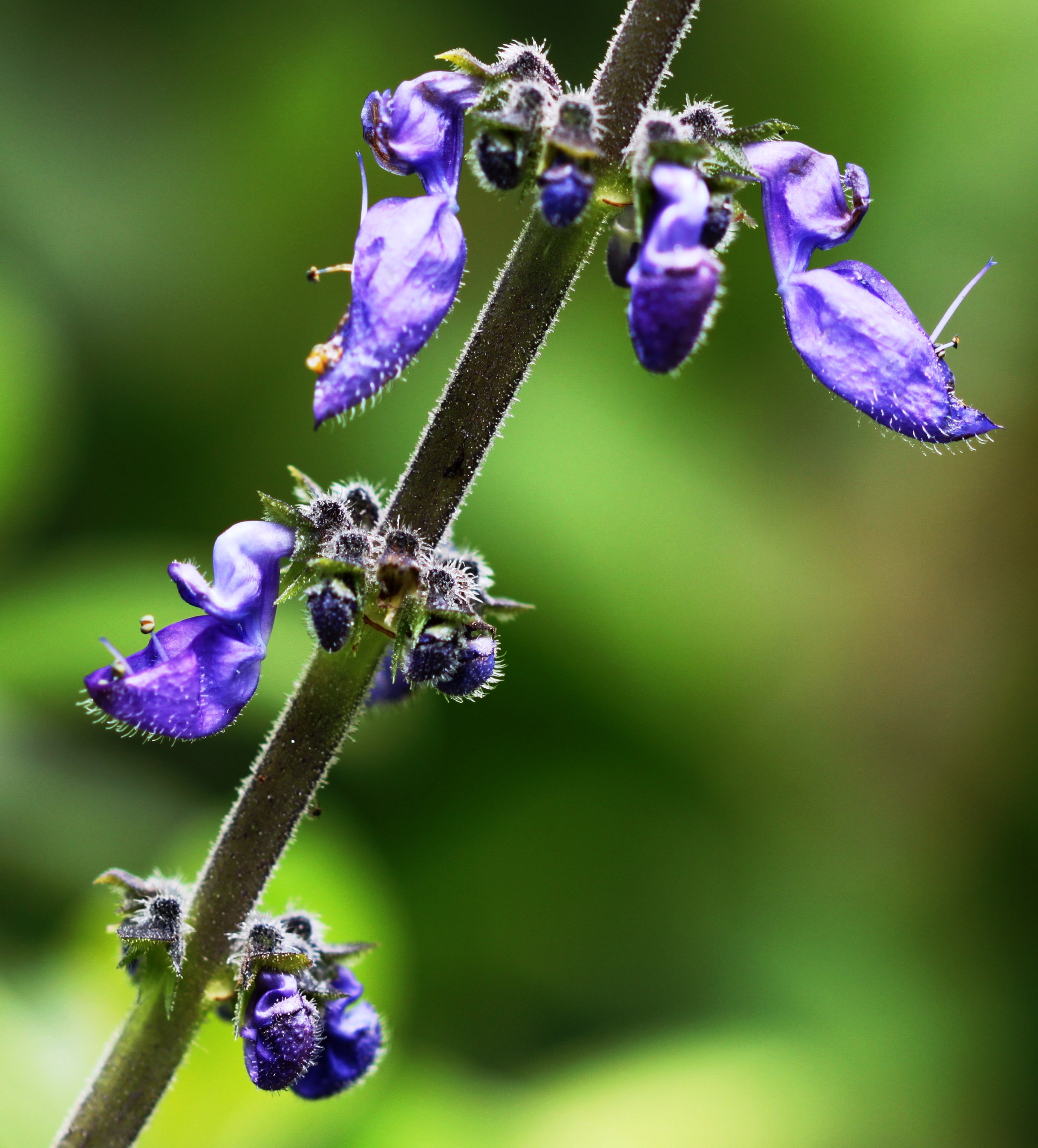
Three floating South American ornamental aquatic plants, water hyacinth, water fern and water cabbage, progressively replaced the local natural lake flora which used to consist of large beds of water lilies. Invasion by water fern came first, and is described in greater detail by Tarras-Wahlberg (1986).
These alien plants grow at the water surface, reproduce asexually, dispersing by wind and water currents. They form continuous mats in littoral areas that tend to thicken during the rainy season and may invade a significant portion of the entire lake surface disrupting fishing and boating.
The water fern Salvinia molesta first appeared in the early 1960s and a first massive invasion was observed in 1989; then decreased by 1993 when Eichhornia crassipes, water hyacinth, took over and dominated the floating plant community ever since. Pistia stratiotes, water lettuce or Nile cabbage, due to its spreading over the lower Nile Basin in Egypt, appeared in the early 1960s but its coverage never reached significant proportions.
Control of these plants was attempted through introductions of South American weevils that were collected from the geographical region the plants originally came from. The weevil that is specific to the E. crassipes is the only successful one, after a major breeding campaign had been initiated by KARI the Kenya Africultural Research Institute in the 1990s and large numbers intoroced 1999-2001.
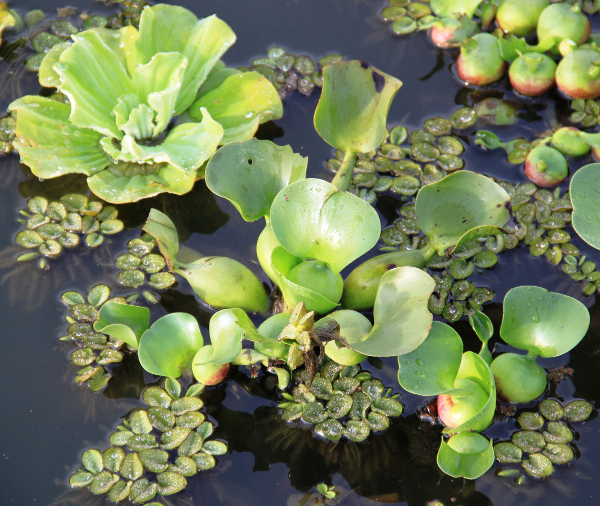
The floating plant community of tropical lakes hosts a wide variety of invertebrates, some of which provide excellent nourishment for fish.

